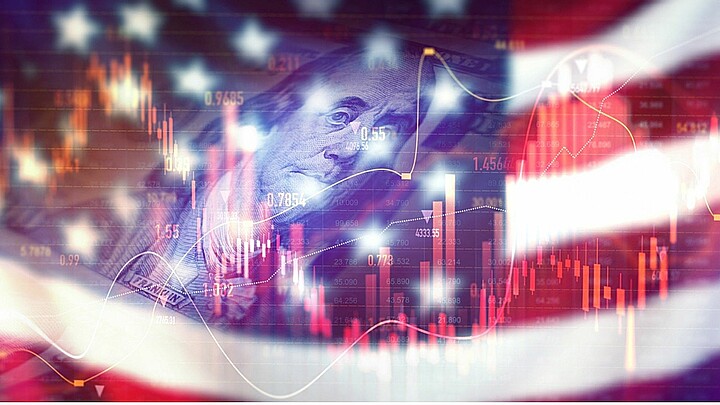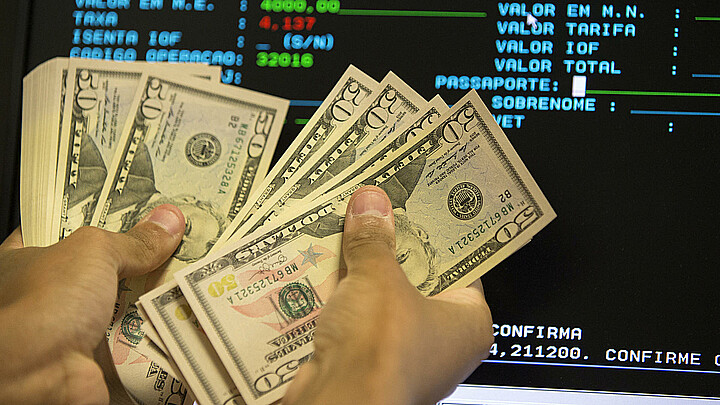Business
Are Americans facing the highest inflation in 30 years?
Data suggests that Americans are facing the highest inflation rate in 30 years as prices soar across industries.
November 10, 2021 2:55pm
Updated: November 10, 2021 5:56pm
Consumer prices grew far faster than expected in October, according to data released Wednesday by the Labor Department.
Although analysts predicted the consumer price index (CPI) would rise by 0.5 percent last month and 5.8 percent over the last year, Americans were shocked to learn the CPI actually rose by 0.9 percent last month and 6.2 percent in the 12-month period ending in October.
On the ground, this has meant surging costs for food, gas and housing as Americans face the highest inflation rate in 30 years.
Just last week, however, Treasury Secretary Janet Yellen insisted that rising prices of food and fuel would be temporary and that Americans would see a return to the 2 percent inflation range by the second half of next year.
"Americans haven't seen inflation like we have experienced recently in a long time. But as we get back to normal, expect that to end," Yellen told CNN's "State of the Union.”
Former Treasury Secretary Larry Summers, who has long been warning that the U.S. is in danger of losing control of inflation, criticized Yellen for her lack of urgency and for telling Americans that inflation was decelerating and “will be back to target levels by the end of next year,” The Washington Examiner reported.
“I actually believe the gap between Treasury & Fed statements and the everyday experience of businesses and consumers in terms of inflation has widened in recent months,” Summers noted. “Until the Fed & Treasury fully recognize the inflation reality, they are unlikely to deal with it successfully.”
Presently, Americans on the ground are feeling the pinch as inflation diminishes the gains in wages and salaries workers enjoyed in recent months and surveys have found that Americans are quickly losing confidence in the health of the economy.
October’s growth in prices are believed to have been driven by rising energy prices and ongoing supply chain bottlenecks as demand continues to grow as the economy continues to revive after lengthy COVID-19-related shutdowns. Rising gas prices (+49.6 percent this year) have also helped drive up prices across all industries.
At a news conference last week, Fed Chair Jerome H. Powell said, “it is very difficult to predict the persistence of supply constraints or their effects on inflation. Global supply chains are complex; they will return to normal function, but the timing of that is highly uncertain.”
Republicans, meanwhile, argue that the Fed chief should be doing more to tackle inflation. The Fed, however, is limited in what it can do to fix a troubled economy. “Our tools cannot easy supply constraints,” Powell added.
Some analysts, however, have warned that inflation indices such as personal consumption expenditures (PCE) and the CPI are perhaps being misinterpreted and that pundits could use misleading figures to help advance their policy initiatives.
“The recent claim that inflation just hit a 30-year high is sure to be echoed repeatedly by conservative media in support of policy concerns like the stagflationary risk of runaway federal spending and the endless Fed bond-buying spree,” wrote Alan Reynolds, senior fellow at the Cato Institute and former vice president of the First National Bank of Chicago. “But worthy causes do not justify bad data.”
“Oil and energy prices have risen in recent months, but core inflation has slowed continually for five months,” Reynolds added. “Inflation is still too high, but it has been slowing in recent months – not rising to new record heights.”










